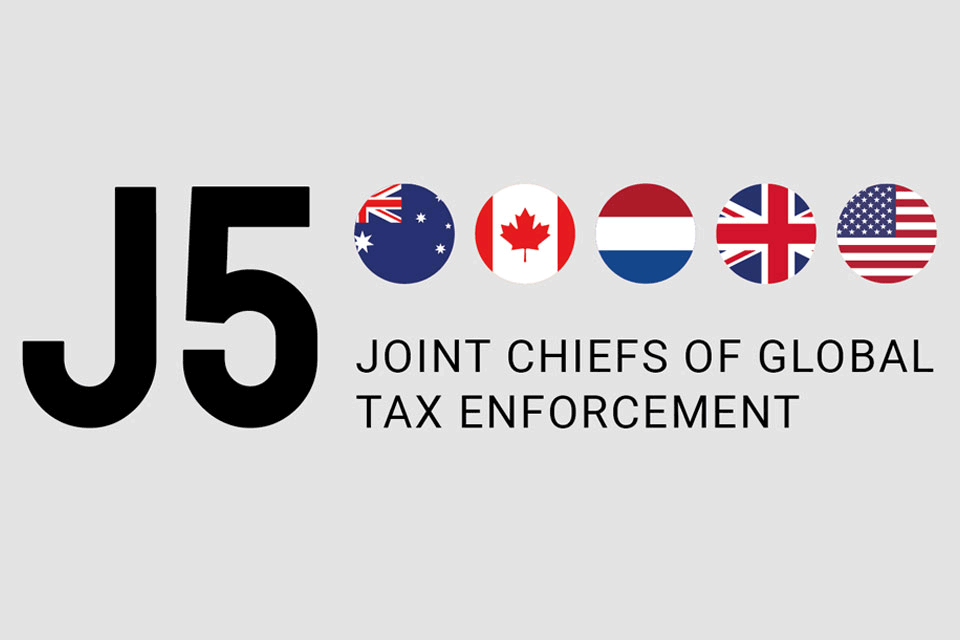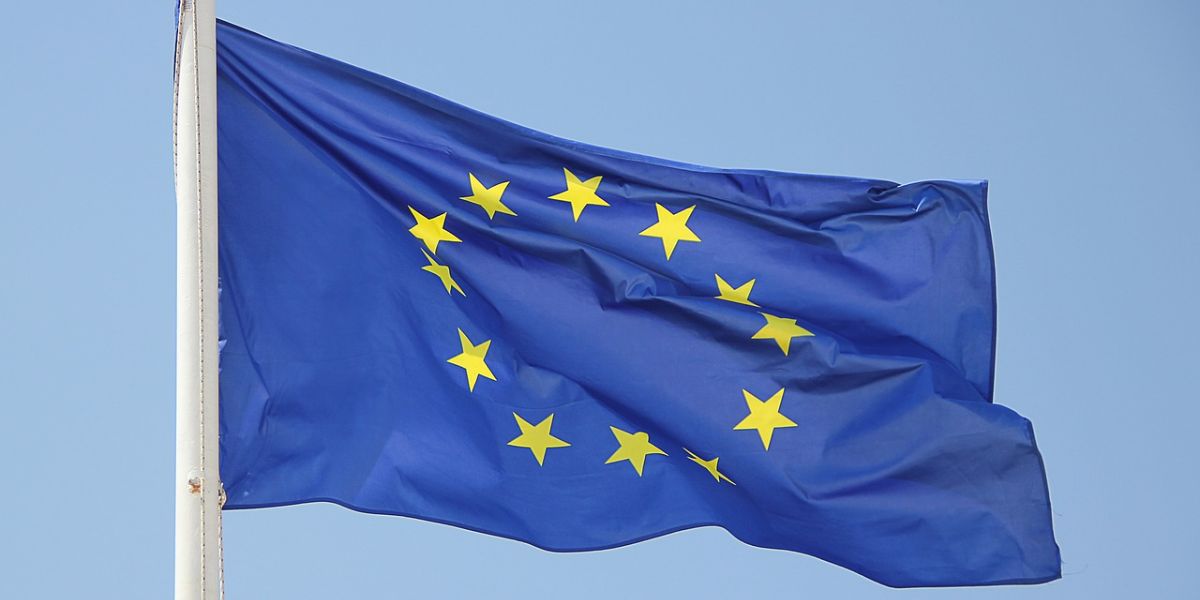On 19 December 2016, the double tax agreement (DTA) between Turkmenistan and United Kingdom was entered into force. The treaty was applied from 1 January 2017 and from this date the new treaty was replaced the existing DTA of 1985.
Related Posts

J5 Australia, Canada, Netherlands, UK, and US publish report on fintech use in tax evasion and money laundering
The J5 group—Australia, Canada, Netherlands, UK, and US—has released a report examining how fintech is used to facilitate tax evasion and money laundering. The Joint Chiefs of Global Tax Enforcement (J5) released three reports today –
Read More
UK: HMRC issues updated guidance on multinational and domestic top-up taxes
The UK HMRC updated its guidance on preparing for the Multinational Top-up Tax and the Domestic Top-up Tax on 9 June 2025. UK HMRC updated its guidance on How to prepare for the Multinational Top-up Tax and the Domestic Top-up Tax on 9 June
Read More
UK: Scotland extends LBTT group relief provision
The legislation extends LBTT group relief to non-partition demergers and clarifies that the sub-sale relief period begins on the qualifying sub-sale date. Scotland’s government released legislation titled “The Land and Buildings Transaction
Read More
UK, Isle of Man: Authorities collaborate to combat tax avoidance and evasion
The UK and Isle of Man Treasuries are joining forces to tackle tax avoidance scheme promoters and enhance cooperation. The UK's HM Treasury has announced a collaborative initiative with the Isle of Man Treasury to target and dismantle the
Read More
UK proposes tighter transfer pricing rules, replacing diverted profits tax with new UTPP
The UK government will tighten transfer pricing rules and replace the diverted profits tax with a new corporation tax charge. The government has announced plans to revise the UK's international tax framework, which involves narrowing the
Read More
EU: Council adopts VAT and tax recovery stance in UK trade deal
The Decision replaces Annex I to Decision 4/2023, which outlines standard forms for sharing information and data, exchanging information by using the Common Communication Network, and arranging contact between central liaison offices and liaison
Read More










